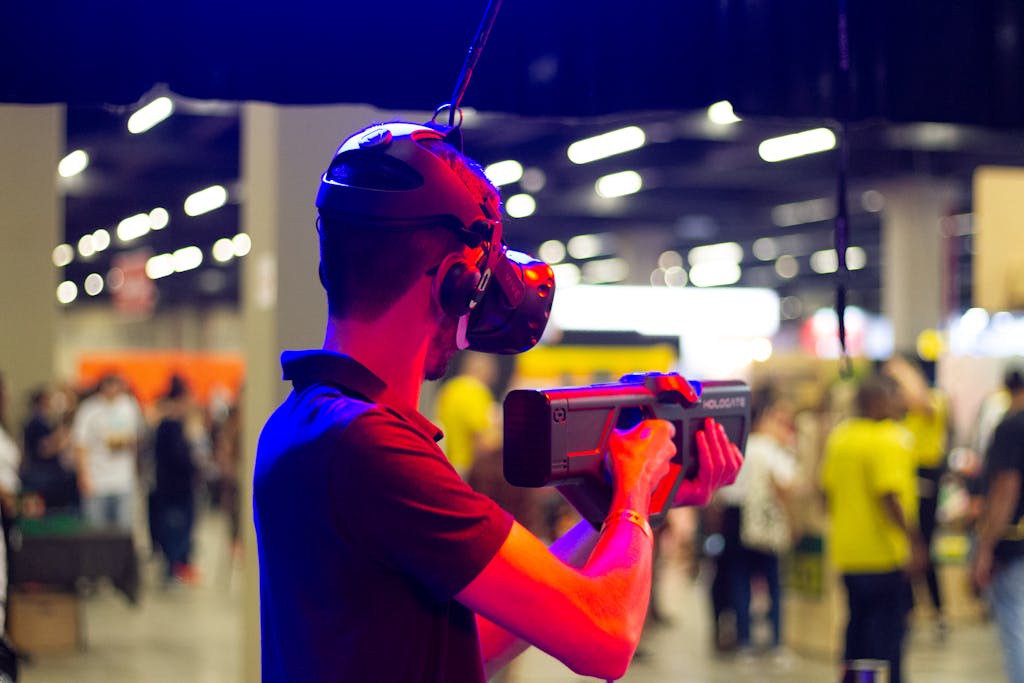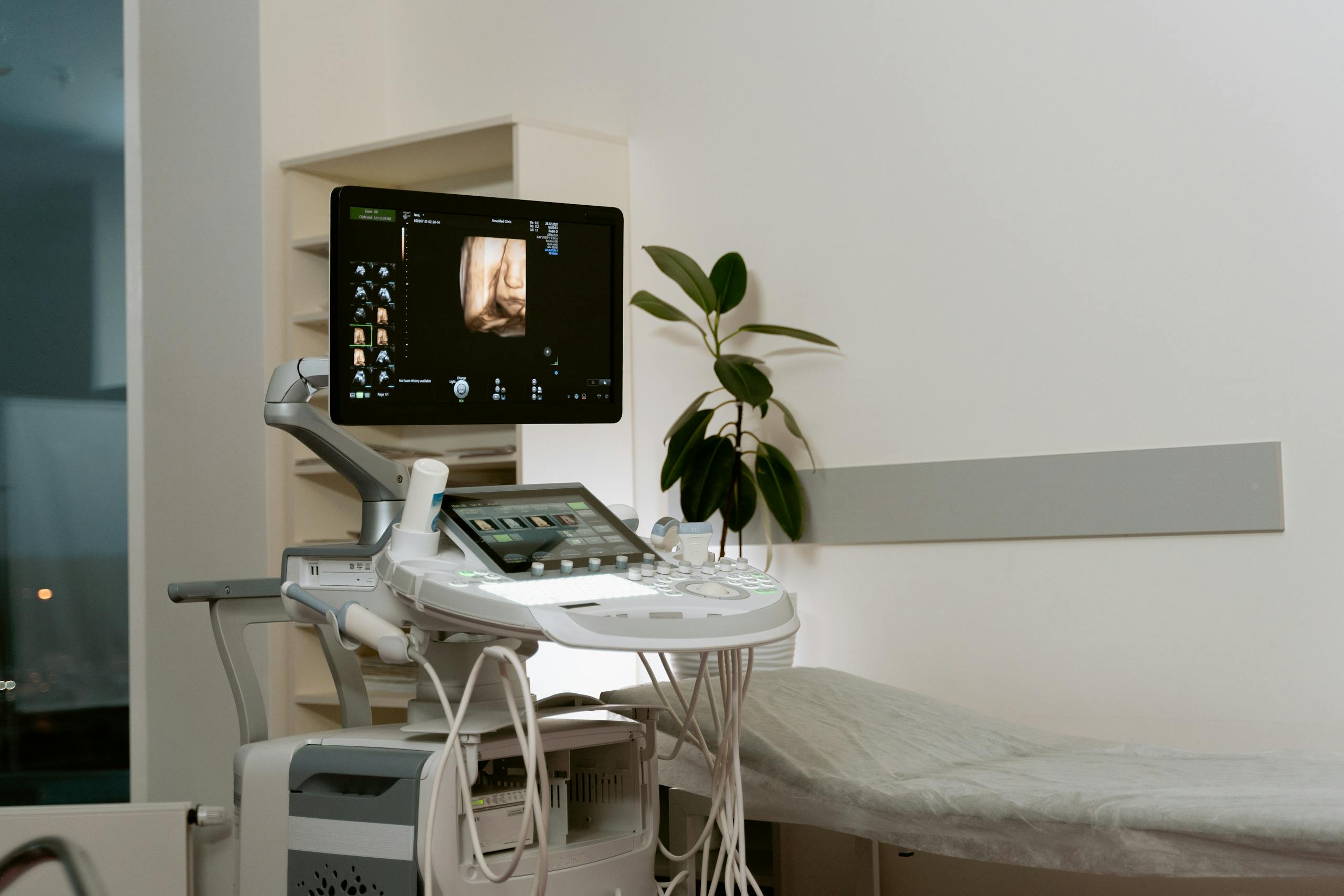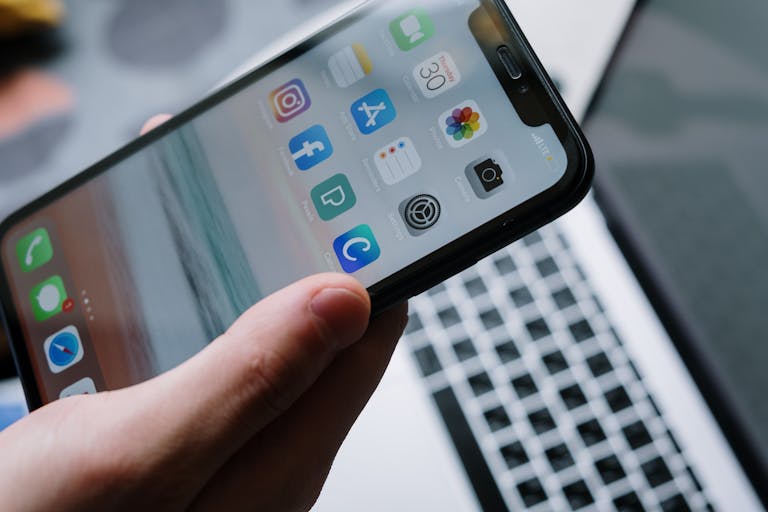The Evolution of Wearables: A New Era of Health Monitoring
In the domain of health management and monitoring, wearables are particularly revolutionizing our lives by providing real-time data that enables us to take appropriate action and gain a better understanding of our personal health.
At the vanguard of this progression are wearables based on clothing, which further integrate into daily life by fusing traditional wearable functionality into the fabric of clothing.

Because they make it simple to gather and analyze health data on a daily basis and to provide medical professionals with feedback when necessary, these cutting-edge wearables are predicted to play a significant role in the fields of preventive medicine and remote medical care.
The evolution of wearable devices and their impact
The development of wearable technology is radically altering how we live our daily lives and maintain our health. Up until a few years ago, our two options for keeping an eye on our health were to use home medical gadgets with restricted capability or go to a medical facility. But wearable technology has made it possible for gadgets like fitness trackers and smartwatches to regularly gather health data—including step counts, heart rate monitoring, and sleep quality analysis—and give immediate feedback.
For those in business, this technological growth is extremely crucial. It might be difficult to manage your health throughout a busy day, but wearable technology can help you keep an eye on things and change your lifestyle if needed. Additionally, the information gathered from these devices can be utilized to develop personalized health management programs that are specific to your own medical needs.
The development of wearable technology is hastening the digitization of health care, empowering individuals to take charge of their own health and understand it better. It is anticipated that as this technology advances, gadgets with even greater capacity to treat health conditions may become available in the future.
The emergence of clothing-type wearable devices
Among wearable technology, clothing-style devices have garnered special attention in recent years. This technology enables more organic and continuous collection of health data by integrating wearable capabilities from traditional wearable devices into daily apparel. For instance, smart training wear provides feedback to optimize the efficacy of exercise and detects muscle movement, heart rate, calories burned, and other data correctly. Furthermore, data is collected by smart pajamas worn during sleep in order to enhance the quality of sleep and promote pleasant sleeping.
The comfort and ease of clothing-style wearable technology are its best attributes. In contrast to traditional equipment, they are wearable and blend seamlessly into daily life, enabling users to continuously gather health data without any extra effort on their part.
The advent of wearable technology is creating new opportunities in the healthcare industry. It is anticipated that as these technologies advance and proliferate, they will significantly alter not only the practice of preventive medicine and telemedicine, but also personal health management.
What is smart training wear?
As wearable technology has advanced, smart training wear has emerged as a novel product that enhances exercise effectiveness and aids in health management. Real-time data collection on body motions, heart rate, calories burned, and other aspects of exercise is enabled by these clothing, which also offer targeted feedback to enhance the quality of exercise. It’s critical for professionals to work out effectively in a condensed amount of time, and fashionable athletic apparel can strongly encourage this.

Advanced sensor technology and data analysis capabilities are the foundation of this technology. These clothes’ sensors monitor the wearer’s sporting performance precisely and send the information to tablets and cellphones. Using a specific application, people can examine their own sports statistics.
Possible application to remote medical care
The development of wearable electronics in the form of clothes has enormous potential for telemedicine as well. These gadgets have the ability to gather health data on a daily basis and provide it to medical experts. This enables medical professionals to keep an eye on their patients’ health in real time and to offer the right guidance and care as needed. Patients who live in rural places or find it difficult to routinely visit medical establishments may greatly benefit from this technology.
The precision of the data gathered and the technology for its safe transmission are essential to remote medical applications. Because wearables gather data in an organic way through regular wear, they can offer more accurate health information.
In the realm of telemedicine, the application of wearable technology similar to clothes will help close the gap in access to healthcare and make it possible for more individuals to obtain high-quality medical care. Future medical services should be able to provide more effective and individualized care as this technology develops and spreads.
Preventive Medicine and Wearable Devices
The early detection and control of health concerns is being revolutionized by the use of wearable technologies in preventive healthcare. These easily wearable gadgets continuously track important health information like blood pressure, heart rate, sleep patterns, and activity levels. The information gathered in this manner is a useful tool for identifying changes in health status early on and for proactively addressing prospective health issues.
Keeping one’s health in check while leading a hectic life can be difficult, particularly for business people. Wearable technology makes it feasible to regularly track one’s own health and, if needed, modify one’s lifestyle or seek advice from a medical facility. This makes it possible to take the necessary action before major health issues arise, which helps to prolong a life in good health.
Encouraging preventive medicine with wearable technology will ease the pressure on the medical system overall while also assisting in managing people’s health. It is anticipated that early identification of health concerns and implementation of preventative interventions will lower disease incidence and lower medical expenses. As this technology is widely used and developed, more individuals will be able to have happy, healthy lives.
Core Technology: Printed Circuit Board (PCF)
A crucial piece of technology at the core of wearable innovation is fabric-like circuit boards, or PCFs. PCFs enable the direct fabrication of robust and flexible electronic circuits onto cloth. With the use of this technology, wearable clothes can perform data gathering and health monitoring tasks without being bulky or uncomfortable for daily use, in contrast to typical inflexible electronic equipment.
PCF technology will allow for the development of wearable garment devices that will allow precise health data to be collected without obstructing the wearer’s movements. More uses, such as recording daily activities, monitoring sleep quality, and evaluating exercise performance, are anticipated as a result of this. Furthermore, PCF-using gadgets are machine washable, enabling prolonged hygienic use.
A major factor influencing how wearable technology develops in the future is PCF technology. It is anticipated that as this technology advances and is widely used, wearable technology will result in more functional and pleasant gadgets. These cutting-edge gadgets will create new opportunities in the fields of preventative medicine, telemedicine, and personal health management.
Improved user experience
The advancement of wearable technology is significantly enhancing customer satisfaction. These gadgets are meant to simplify and improve the usability of managing one’s health on a regular basis. Wearable technology, in particular, offers practical answers to the health management problems that business professionals encounter. They are able to provide pertinent advice and track in real time the health hazards and stress that are unique to businesspeople, such as disturbances in daily routines brought on by extended desk work or business travel.
Among wearable technology, fitness trackers and smartwatches track heart rate, daily activity, and sleep quality. Based on this information, they can analyze health issues. This enables individuals to assess their own health situation objectively and make the required lifestyle changes.
Innovation in Healthcare
Innovation in the healthcare industry is accelerating due to the evolution of wearables. Healthcare practitioners can benefit greatly from the real-time health data these devices provide, as well as consumers looking to control their own health. Physicians can create effective treatment regimens and have a better understanding of their patients’ health status by using data from wearables. Additionally, the management of chronic illnesses and the rehabilitation process are significantly aided by this technology.
Wearable technology advancements in healthcare have enormous possibilities for remote medical care. In particular, wearable technology for connecting with medical specialists and monitoring health concerns could substantially benefit those who live in places where access to medical services is limited due to geographic limits.
Future prospects and challenges
Both changing user needs and technical progress will influence wearables in the future. These gadgets should offer more individualized health management help and more sophisticated health monitoring features in the upcoming years. For instance, wearables can include features like blood sugar monitoring and stress level monitoring that are currently exclusive to specialized medical equipment.
This progress is not without difficulties, though. Among the most crucial issues in handling the enormous volumes of personal health data that wearables will gather are privacy and data security. To protect user data, strict technological and legal procedures are required. Furthermore, lower costs and more user-friendly designs are necessary for wearable gadgets with these cutting-edge characteristics to be widely adopted.
The social impact of wearable devices
The way that wearable technology is being used is changing society in a big way. People are becoming more aware of their health management and have a deeper understanding of their health thanks to these technologies. By facilitating better patient-provider communication and creating opportunities for telemedicine, wearable technology is also helping to close the gap in access to healthcare.

Additionally, wearable technology is changing the way we operate. These gadgets help businesspeople manage their stress, which can boost output. In the long run, supporting employee health management can help businesses save money on medical expenses and boost productivity.
Wearable technology is having a societal impact through bettering access to healthcare, raising health awareness, and altering how we work. We need social efforts to properly control the advancement of technology and make sure that everyone can benefit from it if we are to maximize the beneficial improvements that these technologies offer. There are countless opportunities for wearable technology to enhance our quality of life and health in the future.
Summary
The development of wearable technology is redefining how we take care of our own health and spurring innovation in the medical field. These gadgets easily fit into our everyday routines, gathering and evaluating health information and giving consumers immediate feedback. The advent of wearable technology in the form of clothes allows for more organic and ongoing health monitoring, and its application is anticipated in the domains of preventative and remote treatment.
Nevertheless, there are obstacles in the way of this technology’s development and broad use, including those related to protecting privacy and data security, cutting expenses, and facilitating user-friendly design. To overcome these obstacles and reach the full potential of the technology, cooperation between legislators, medical professionals, and technological developers is crucial.







